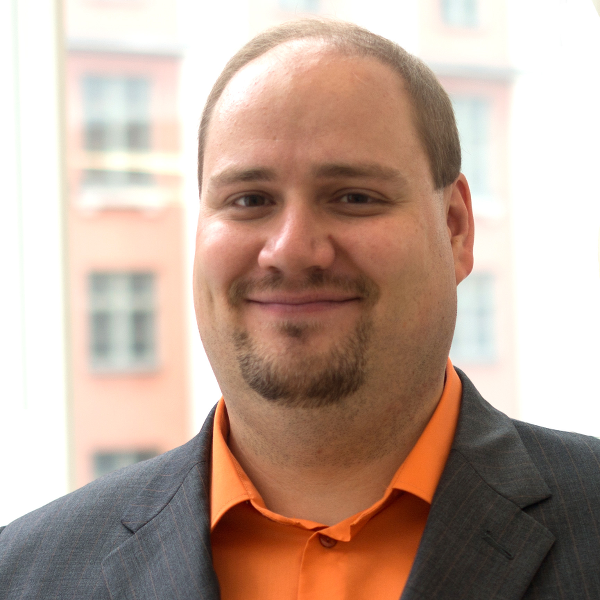Toyota Kata – habits for continuous learning and improvements
“We are what we repeatedly do. Excellence, then, is not an act, but a habit.” – Aristotle
What are the habits, routines, behavior patterns, needed to strive for excellence every day? How do we create a culture of continuous learning and improvement?
Building on the power of habits, Toyota Kata will help you build a culture of continuous learning and improvement, a kaizen culture.
In this session, you will be introduced to the two main Kata* of the Toyota Kata, the Improvement Kata and Coaching Kata. You will learn how the Improvement Kata and Coaching Kata can become your “muscle memory” for continuous learning and improvements in your organization. These daily habits or routines will help you to strive towards your vision, your state of awesomeness, in small experiments focused on learning. The Improvement Kata will form the habits of doing small daily experiments focused on learning and improving. The Coaching Kata will form the habits of the leaders of the organization to help the learners learn and improve.
In this session, we will take Toyota Kata out of the manufacturing context and put it into the knowledge work context. You will learn how you can start applying the Improvement Kata and Coaching Kata in a software development context tomorrow.
Time to stop collecting problems and start forming new habits of learning and improving!
(*) Kata means pattern, routine, habits or way of doing things. Kata is about creating a fast “muscle memory” of how to take action instantaneously in a situation without having to go through a slower logical procedure. A Kata is something that you practice over and over striving for perfection. If the Kata itself is relative static, the content of the Kata, as we execute it is modified based on the situation and context in real-time as it happens. A Kata as different from a routine in that it contains a continuous self-renewal process.
Bio:
Håkan Forss is a Lean/Agile Coach, public speaker and author. He coaches, mentors and teaches Lean/Agile thinking, methods and tools to organizations, teams and individuals. He develops people’s ability to continuous learn and improve how work is done.
Håkan is an active member of the Kanban, Lean and Agile communities. He is an Accredited Kanban Trainer (AKT), a Kanban Coaching Professional (KCP) and he serves in the Kanban Coaching Professional Advisory board. He was also nominated for the Brickell Key Award 2013.
You can find Håkans random thoughts and thinking at http://twitter.com/hakanforss and http://hakanforss.wordpress.com

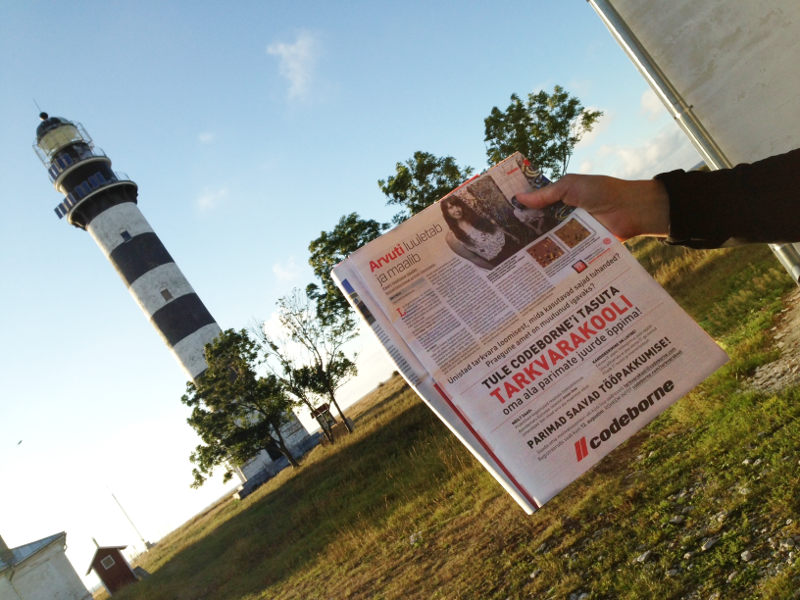



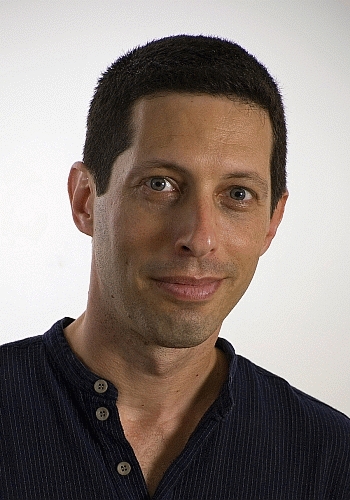

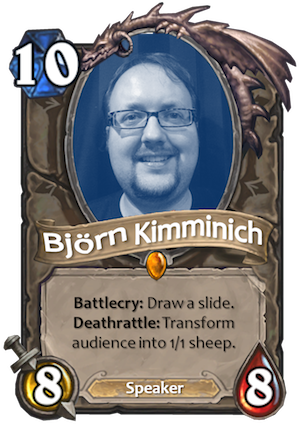


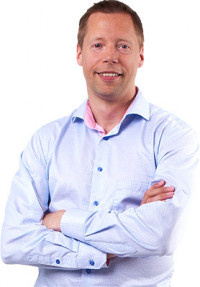 Improving the full value chain
Improving the full value chain

